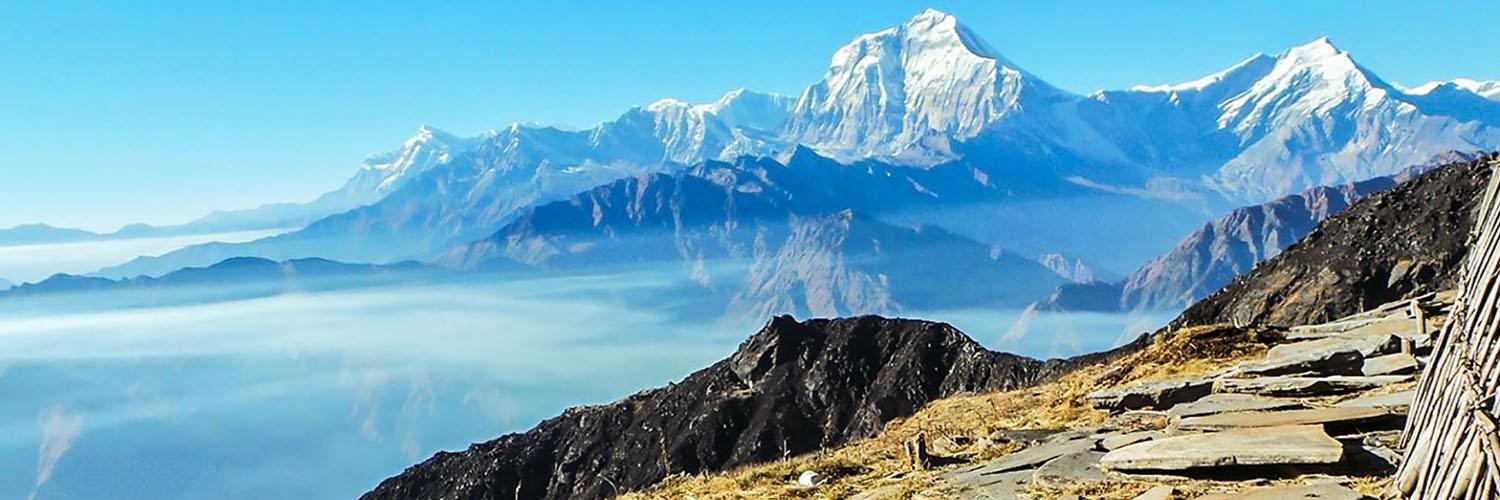1. What is the Khopra Danda Trek?
The Khopra Danda Trek, also known as the Khopra Ridge Trek or Khopra Hill Trek, is a lesser-known and off-the-beaten-path trek in the Annapurna region of Nepal. Trekking to Khopra Danda offers spectacular views of the Annapurna and Dhaulagiri mountain ranges.
2. What is the duration of Khopra Danda Trek ?
Khopra Danda Trek takes 7 days to complete the trek.
3. What is the starting point of the trek?
The Khopra Danda Trek usually starts from a village called Nayapul, which is accessible by road from Pokhara. From Nayapul, the trek passes through various villages like Tikhedhunga, Ghorepani, and finally reaches Khopra Danda
4. Is the Khopra Danda Trek difficult?
Khopra Danda Trek is considered a moderate trek, suitable for trekkers with a moderate level of fitness. While it doesn’t involve climbing to high altitudes, there will be some steep ascents and descents along the trail.
5. What is the best time to do the Khopra Danda Trek?
The best time for this trek is during the spring (March to May) and autumn (September to November) seasons. These months offer clear skies, pleasant weather, and blooming rhododendron forests, enhancing the overall trekking experience.
6. Are permits required for the Khopra Danda Trek?
Yes, like most treks in Nepal, you need to obtain permits for the Khopra Danda Trek. The required permits include the Annapurna Conservation Area Permit (ACAP) and the Trekkers’ Information Management System (TIMS) card.
7. What kind of accommodation is available along the trail?
Teahouses and lodges are available along the Khopra Danda Trek route, providing basic accommodation and meals. However, compared to more popular treks, the facilities may be relatively simple, so it’s advisable to be prepared for more rustic accommodations.
8. What are the highlights of the Khopra Danda Trek?
The Khopra Danda Trek’s highlights include stunning panoramic views of the Annapurna and Dhaulagiri ranges, a visit to the beautiful Ghorepani Poon Hill viewpoint, exploration of local villages and culture, and the chance to experience the tranquil beauty of the Himalayas.


